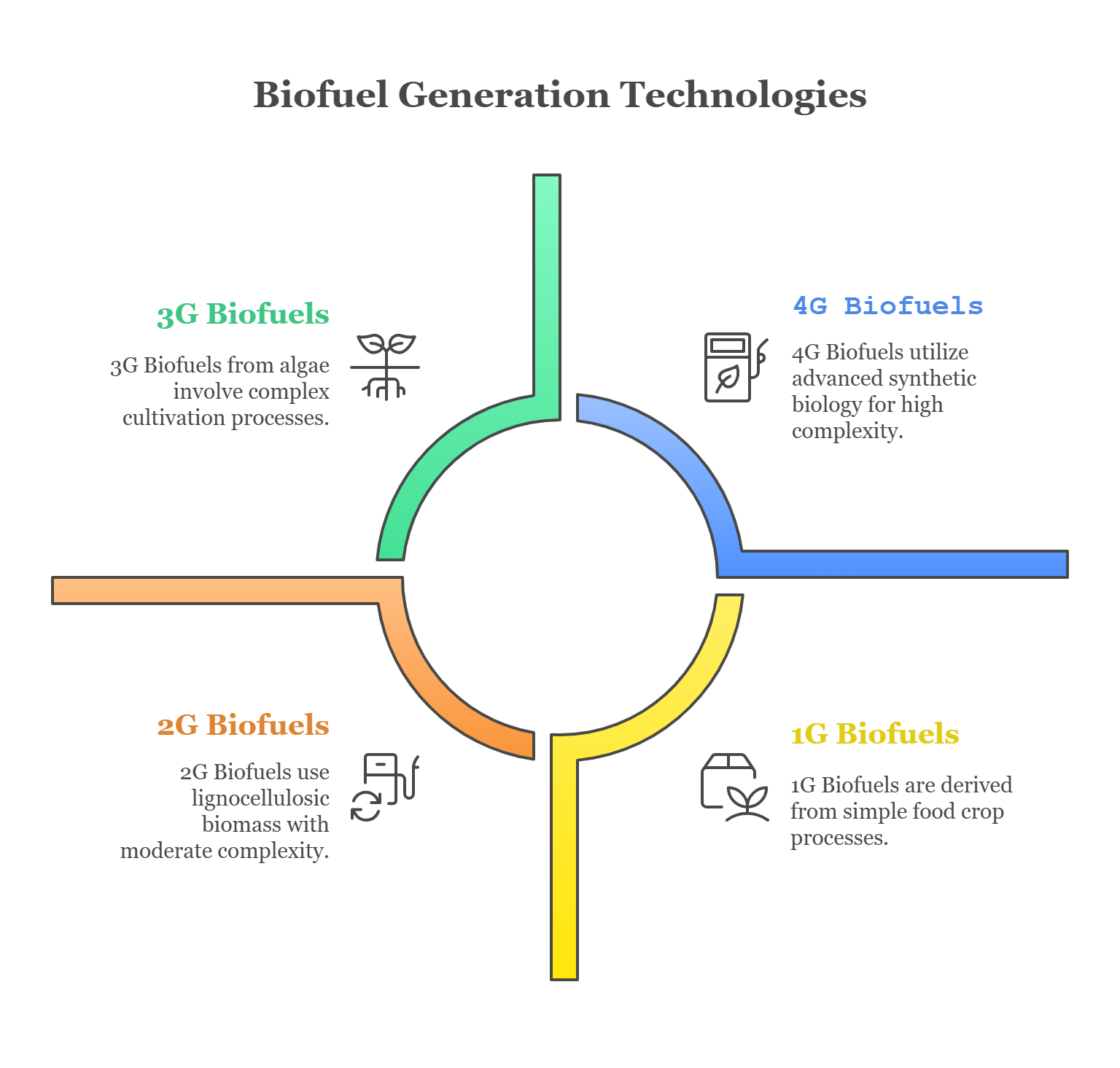Font size:
Print
Biofuels Boost: Maize Cultivation in India Surges Amid Ethanol Demand
Biofuels Surge: Maize Cultivation in India Soars on Strong Ethanol Push
Biofuels Surge: In the 2025-26 kharif season, maize cultivation in India expanded by about 9 lakh hectares, largely due to rising demand from the ethanol-blending programme.
Physiographical Regions & States:
- Northern Plains – Uttar Pradesh, Bihar, Punjab, Haryana
- Central Plateau & Hills – Madhya Pradesh, Chhattisgarh, Maharashtra
- Southern Peninsula – Karnataka, Andhra Pradesh, Tamil Nadu
- North-Eastern Hills – Assam, Nagaland, Meghalaya
- Hilly States – Himachal Pradesh, Jammu & Kashmir
As per Directorate of Maize Research (ICAR-IIMR), Kharif maize dominates, while Rabi maize is significant in Andhra Pradesh, Bihar, and Karnataka.
What is maize and where is it generally grown in India?
Maize (Zea mays), also called corn, is the third most important cereal crop in India after rice and wheat. It is a versatile crop used for food, feed, and industrial purposes.
Why is maize used for biofuels?
- Link to Biofuel Generation: Maize is a first-generation (1G) biofuel feedstock, as ethanol is derived from its starch content.
- Why maize?
- High starch yield → efficient fermentation to ethanol.
- Market prices supported by the E20 programme (20% ethanol blending target by 2025-26).
- Versatility → apart from biofuel, maize is used for feed and industry.
- As per Down To Earth (2025), maize contributed 42.74% of India’s ethanol in ESY 2023-24, surpassing sugarcane and rice.

What other measures have been taken to increase biofuel production?
-
Policy Push
- National Policy on Biofuels (2018, amended 2022) – advanced blending targets (E20 by 2025-26, E30 by 2030).
- Price incentives – OMCs procure ethanol at fixed remunerative prices.
-
Feedstock Diversification
- Expansion from sugarcane to maize, damaged food grains, and surplus rice.
- 2G ethanol projects using agri-residues like paddy straw (HPCL Bathinda, IOCL Panipat).
-
Research & Productivity Enhancement
- ICAR–IIMR Catchment Development Project – aims to supply ethanol distilleries with reliable maize output through high-yield varieties, mechanisation, and farmer training.
- Case Study: In Punjab, 450 acres under improved maize in 2025 Kharif season demonstrated water savings compared to paddy, contributing to groundwater conservation.
-
Financial & Infrastructure Support
- Pradhan Mantri JI-VAN Yojana – viability gap funding for 2G plants.
- Ethanol Interest Subvention Scheme – soft loans for setting up distilleries.
-
Environmental and Economic Rationale
- Reduces crude oil imports (India imports >85% of oil).
- Lowers carbon emissions; aligns with India’s Net Zero 2070 target (Economic Survey 2022-23).
Subscribe to our Youtube Channel for more Valuable Content – TheStudyias
Download the App to Subscribe to our Courses – Thestudyias
The Source’s Authority and Ownership of the Article is Claimed By THE STUDY IAS BY MANIKANT SINGH





